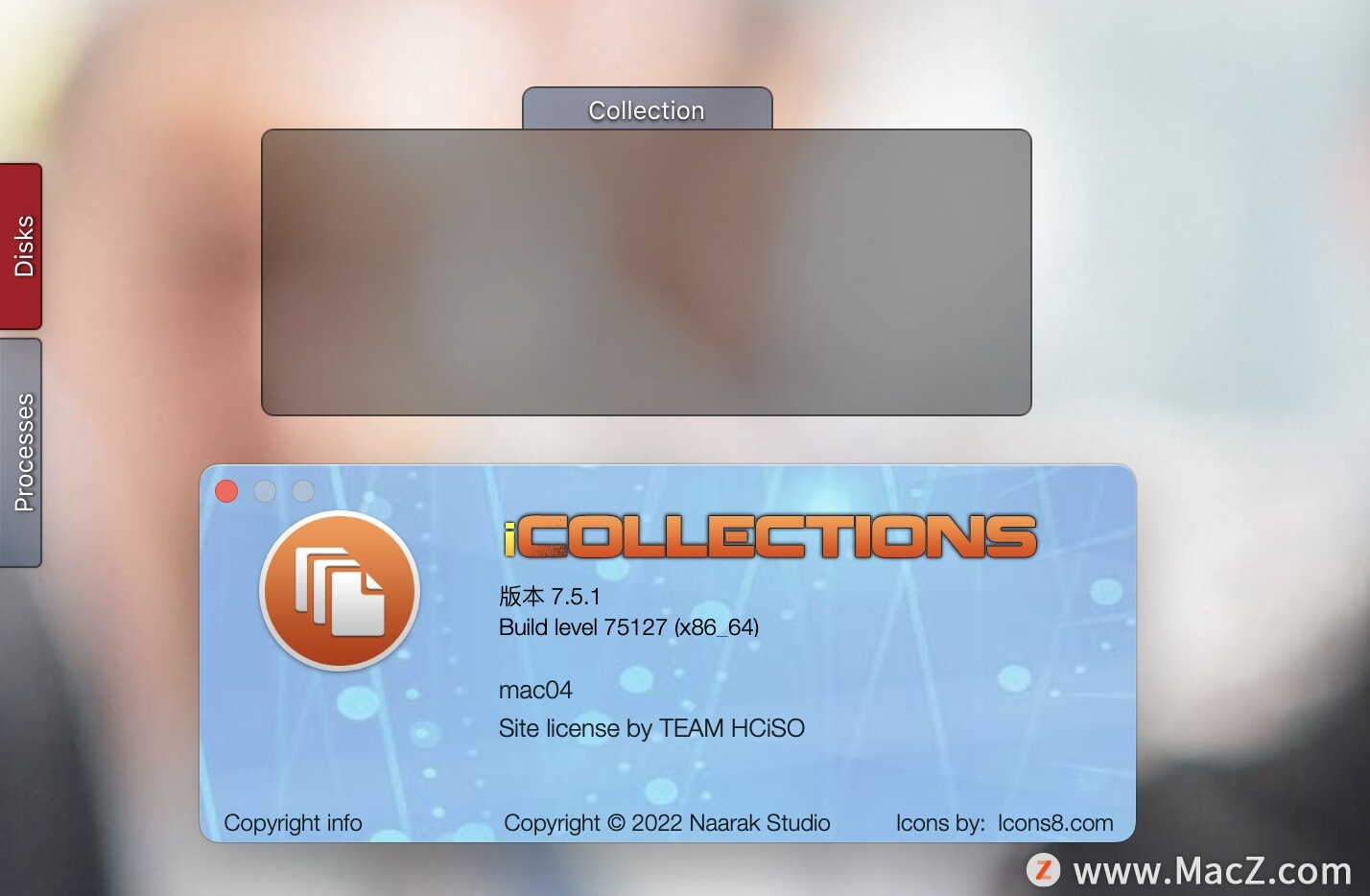
You can label, re-size, highlight or move them however you would like.
ICOLLECTIONS WINDOWS
These shaded windows on your desktop are used to organize your icons, files and folders depending on your preferences. Just get started by creating a new collection by accessing the iCollections main menu from the system toolbar.Ĭreating Collections Collection with imagesDesign Your CollectionsEasily create Collections with just a few clicks. Thus, the days of scouring your desktop for a particular application are over. With few clicks, the icons, files, and folders on your desktop will get grouped according to your preferences. This helps you keep related items together so your files (pictures, documents, screenshot, applications, etc.) are organized and easy to find.

ICollections lets you create areas on your desktop so you can sort and arrange your icons.
ICOLLECTIONS FOR MAC
The app's unique features are what make it the most popular method of desktop organization for Mac users. ICollections is an expertly designed application which helps you keep your Mac desktop organized. Reid).It can be activated on 5 personal devices or 1 commercial device. It became apparent that the stamped number was 96, and consequently the collection year was assumed to be 1896 (century inferred based on known period of activity for W.M. i) and j) Transcription of a barely legible, smudged number (corresponding to the year that the specimen was collected) from a printed label was easily performed by zooming in its corresponding image, as shown in the enlarged detail on the right. g) and h) Transcription of faded information from (g) barely legible label produced with a mimeograph (h) A similar type of label in a better conservation state. (d) Emergence date inferred by known symbols (e.g., crosses and asterisks) and abbreviations or initials (e.g., ‘ B.’ standing for ‘Bred’, ‘ l.’ standing for ‘larva’), (e) ‘ o’ standing for ‘ova’, or (f) ‘ R.’ standing for ‘reared’. (c) Collection and emergence dates clearly stated on the handwritten label. c), d), e) and f) Transcription of emergence and collection dates. The label on the right (b) has been handwritten by the same person and shows unequivocally that the middle number is indeed a Roman numeral but this finding also suggests that the collector also wrote 11 in the other label. a) and b) Transcription of ambiguous dates as exemplified by two handwritten labels from the locality (town) of Ruislip pertaining to different specimens the middle number (month) on the date from the left label could be interpreted as February or November, depending on whether the number was written as a Roman numeral or not.

Specimen-level data associated with British and Irish butterfly specimens have not been available before and the iCollections project has released this valuable resource through the NHM data portal.īritish Isles Collection digitisation Ireland butterflies collections mass digitsation. This paper explains the way the data were obtained and the background to the collections which made up the project. In addition, a digital image of each specimen was taken. The data digitised includes, species name, georeferenced location, collector and collection date - the what, where, who and when of specimen data. This project digitised all the lepidopteran specimens usually considered as butterflies, 181,545 specimens representing 89 species from the British Isles and Ireland.

This paper presents the results of one of the pilot projects - iCollections.
ICOLLECTIONS SERIES
The first phase of this programme has been to undertake a series of pilot projects that will develop the necessary workflows and infrastructure development needed to support mass digitisation of very large scientific collections. The Natural History Museum, London (NHMUK) has embarked on an ambitious programme to digitise its collections.


 0 kommentar(er)
0 kommentar(er)
